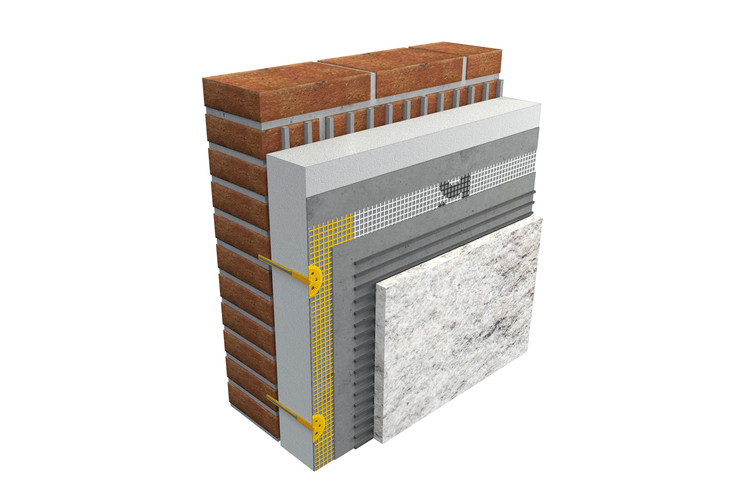
CI (Continuous Insulation System) is an insulated facade system for walls and ventilated slabs that works through the superposition of 5 skins: fixation, insulation, waterproofing (open to the diffusion of the vapor and resistant to impact), and an outer cladding layer.
How are these components installed, and how do they work? Is it a system for new projects or can it be incorporated into existing buildings (retrofit)? How to design an CI correctly for my architecture project? Find these and other answers, below.
Components of a CI


